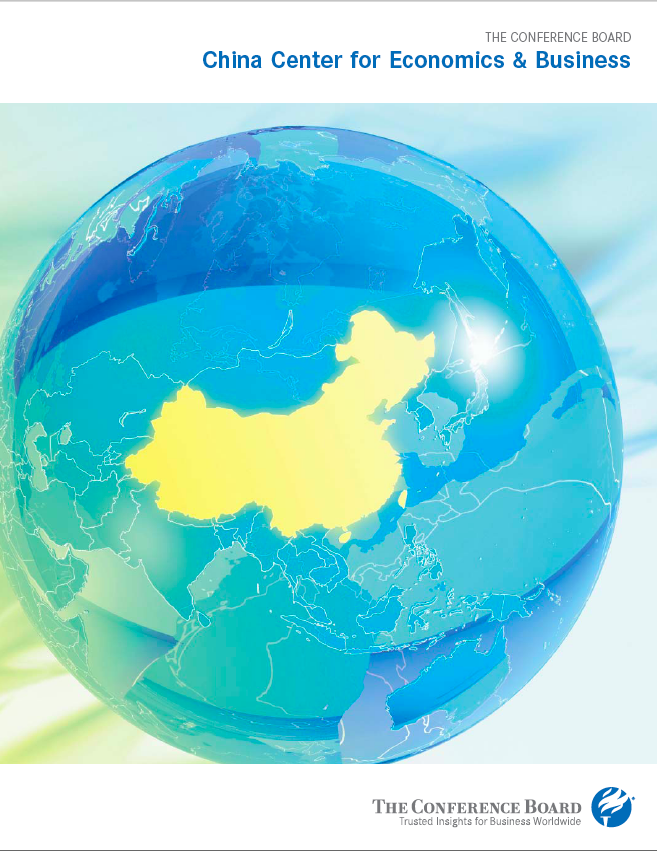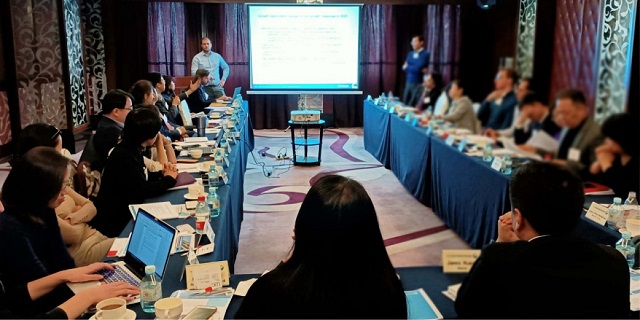This China Center members-only report provides interpretive comments on The Conference Board Leading Economic Index® (LEI) and The Conference Board Coincident Economic Index® (CEI) for China.
The LEI for China was flat in March, as a drop off in real estate activity weighed heavily on growth in the index; weakening in the manufacturing sector placed a drag as well. The easing in the LEI, combined with a drop in current activity (the CEI fell in March) supports our expectations of an ongoing slowing in economic activity throughout 2013.
- Renewed tightening on real estate purchases, measures that the government announced early in March, looks to have taken a toll on activity in the sector. The government’s introduction of a 20 percent capital gains tax on homes sold in the secondary market initially caused a flurry of transactions before the April 1st implementation. However, actual construction activity slowed rapidly, with both floor space started and floor space completed down significantly from last year. Real estate investment remains a huge piece of China’s economic growth engine, and if activity in the sector slows, as we expect it will throughout this year, headline growth will necessarily ease as well.
- The slowdown in real estate was mirrored in headline fixed asset investment in March, and it looks to have finally begun affecting consumption as well. Consumer expectations added slightly to the index in March according to our statistical imputation, but the actual data which came out after the March China LEI release showed a significant drop. Other consumer metrics, such as retail sales of consumer goods show that the household sector has started to pull back on spending, likely due to somewhat slower wage growth. Because retail sales also include government purchases, the “austerity” campaign that has seen government officials curbing their extravagance likely added to the slowdown in the data. Whatever the fundamental cause, it is becoming increasingly clear that consumption growth cannot offset weak capital formation enough to bolster headline growth.
- The brewing slowdown need not be a negative scenario. We continue to assert that a modest slowdown now – if it can be achieved gradually – creates the least disruptive path toward transitioning the economic model to a more sustainable pattern that promotes consumption in the household sector. Furthermore, as productivity growth weakens, accommodating the economy’s structural slowdown, rather than attempting to stoke growth through loosening credit and stimulated investment would help keep the current instabilities in the financial sector from worsening. To this point, it is worrisome that lending once again made the only substantially positive contribution to LEI in March.















